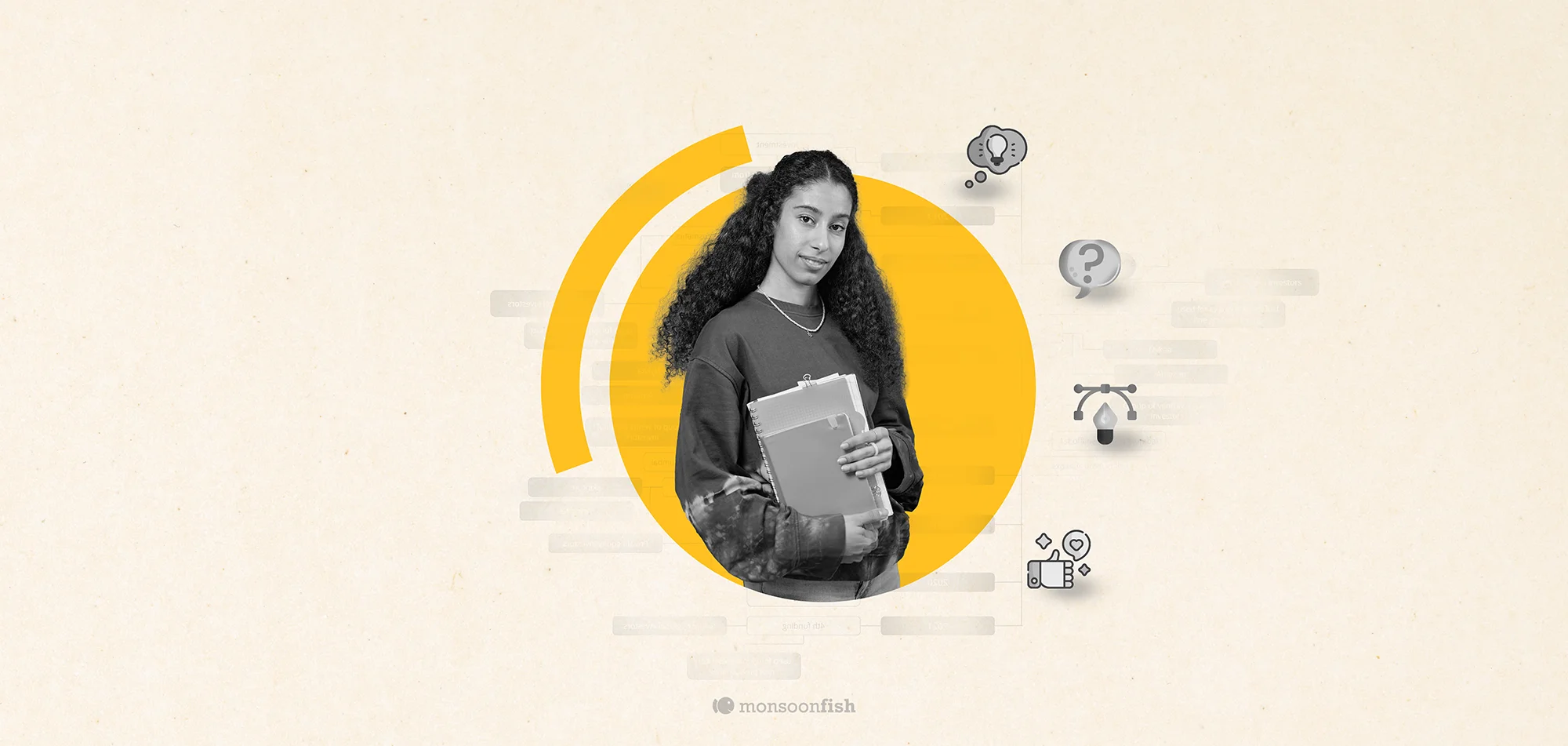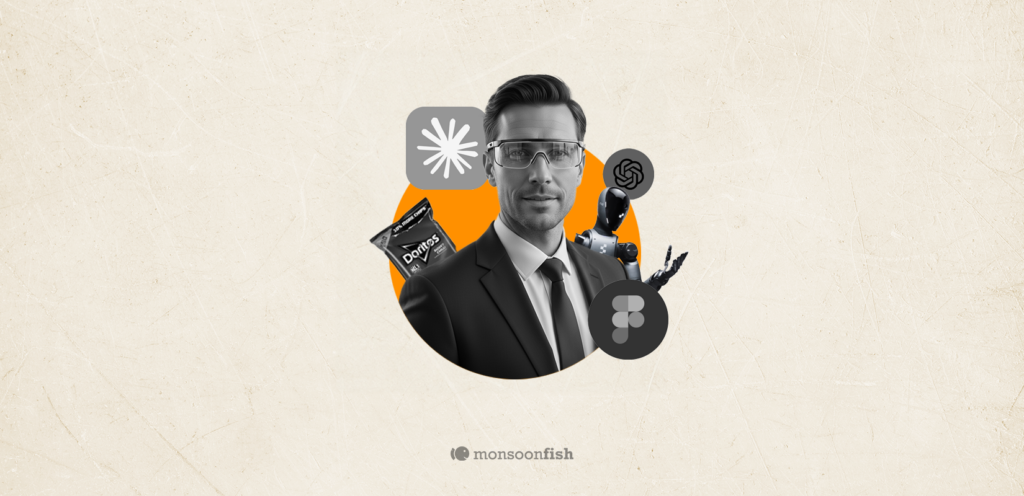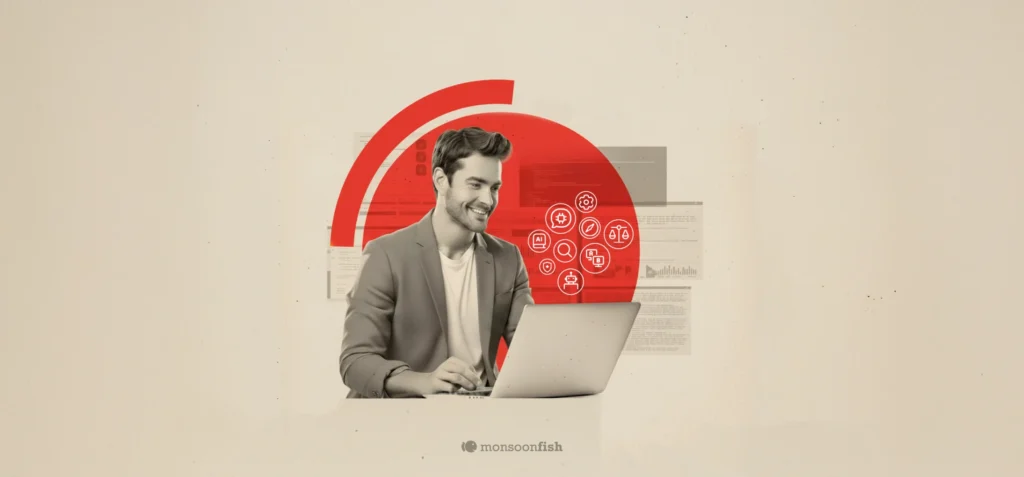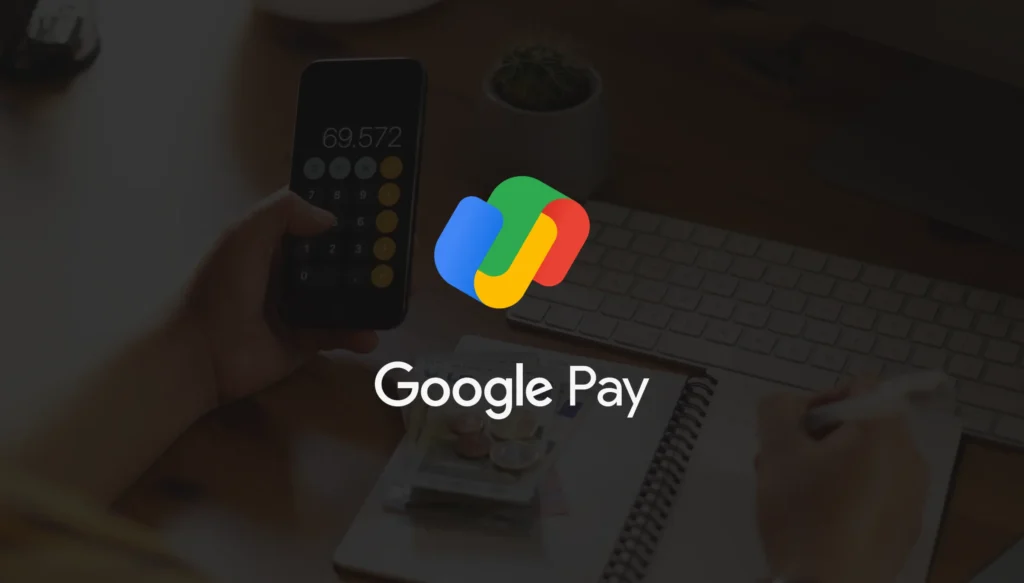How to become a UX Designer - Age no bar!
More often than not, people end up studying courses that they never desired or have less caliber in and have realized it too late. But, what if we told you that if being a UX Designer was your dream then there is no such term as ‘too late’ on this UX path? That’s right, in this UX blog article, we go about guiding and explaining to you on how to turn around your career in simple, dedicated ways.

More often than not, people end up studying courses that they never desired or have less caliber in and have realized it too late. But, what if we told you that if being a UX Designer was your dream then there is no such term as ‘too late’ on this UX path? That’s right, in this UX blog article, we go about guiding and explaining to you on how to turn around your career in simple, dedicated ways.
Let’s first understand that what is UX Designing, why you should take it up and where will you find yourself after taking it up
User Experience designing is the ability to enhance, improvise a person’s experience while handling a product or service. The products and services can be in the forms of website, application, software etc. The enhancement is done by understanding the users, their needs, and behaviours.
Why you should take it us is because, with the forever growing android, IOS market, the scope if vast and also, currently, there is a shortage of good UX Designers.
Where you would find yourself after becoming a UX designer is in the corporate world or in an agency or a small to medium business, maybe in a startup or can work as a freelancer. Wherever you land up, the money is good for UX designers of caliber and is even better for the experts.
How to go about being a UX Designer:
1. Research: Read as much as you can to get an idea of whether you really want to be a UX Designer. Get your hands on some good UX books and find out the same. Better to know what you are getting into before spending money on a class!
Here are some recommendations:
- The Design of Everyday Things by Don Norman
- 100 Things Every Designer Needs to Know About People by Susan Weinschenk
- Simple and Usable: Web, Mobile, and Interaction Design by Giles Colborne
- The Elements of User Experience by Jesse James Garret
- Don’t Make Me Think, Revisited by Steve Krug
2. Understand: The UX process structure which goes son to give the desired result.
Research is followed by insights followed by design concepts followed by test prototypes and finally the developing stage.
Sometimes, you can skip some of the steps as not all concepts will need all of the above steps however, it is better to know the entire structure. While selecting a job, work for those companies who do follow the structure as that makes you a better developer and doesn’t make your life tough.
3. Study and learn: The UX process from wherever possible- a friend, an online course, an in-person class, UX videos etc. There are a lot of online courses that can set your foundation right and there are bound to be UX tutorial classes in your city. Go through the various syllabuses and based on your previously done research select an appropriate course.
Here are few of our online courses recommendations:
- Bloc
- Career Foundry
- Interaction Design Foundation
- Coursera
- Design Lab
4. Case Studies: While you are learning UX simultaneously, also study the case studies of other UX projects. This will help you understand what can go wrong and what are the do’s and don’ts. Similarly, start clicking pictures of your every UX designing stage to build your own case study which will help you to build your portfolio which is a mandatory requirement for any given job.
5. Essential designing skills: Start sketching your ideas and concepts on paper. You don’t need to get great at sketching and neither are you required to be a born-artist, you simply have to make meaningful sketches that will successfully convey your line of thoughts. This helps to fasten the process than simply trying to explain it in words as pictures speak way more when it comes to designing as they help the imagination better. You can use the tool ‘Sketch’ before starting off with Coral Draw, Photoshop or Illustrator. Be patient and practice as much as you can without skipping a single day.
6. Prototype: After sketching comes the prototyping step wherein you have to move your sketch to an app that will create a prototype out of it. INVision is a great app to start with. With a lot of good features, you can design your screens in Sketch and then export them to InVision and voila!
7. Portfolio: Here are a few ideas and few musts for your portfolio. The rest, you can do however you like it!
The About Section- Include your brief story, what you do, your location, your contact details. Include a friendly, happy picture of yourself for the added warmth.
Case Studies: State the business behind each case study you present, honestly tell what your role was in the same and whether if it was for an app, a website or some other thing. Also, include the problems you faced and how you went on to resolve them. Keep it simple and clean!
8. Platforms: You need to present your portfolio on as many available platforms possible as that will seek a greater audience for you. Following are the various platforms you can present on-
- Medium
- Squarespace
- Dunked
- Google Plus
9. Mentors: Lastly, with your ongoing work search, find UX mentors that can guide you as experience talks more than a book ever can! Also, keep yourself updated with UX magazines, blogs, conferences and much more!
Enjoy your journey and stay creative, stay inspired 🙂
CATEGORIES





